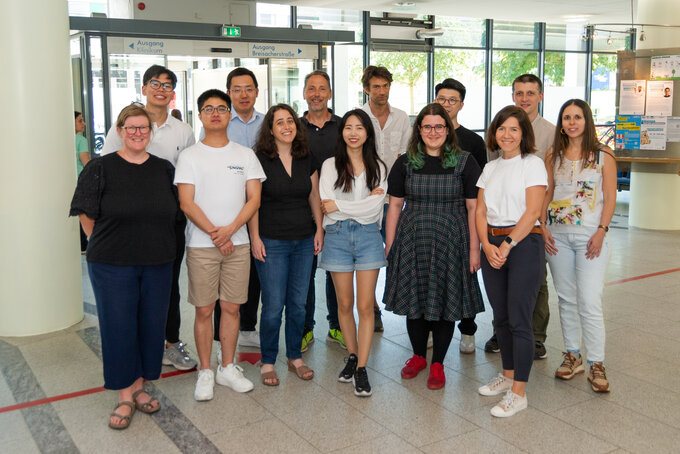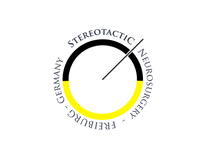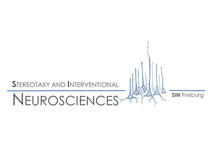Stereotaxy and Interventional Neuroscience
Group photo 2023
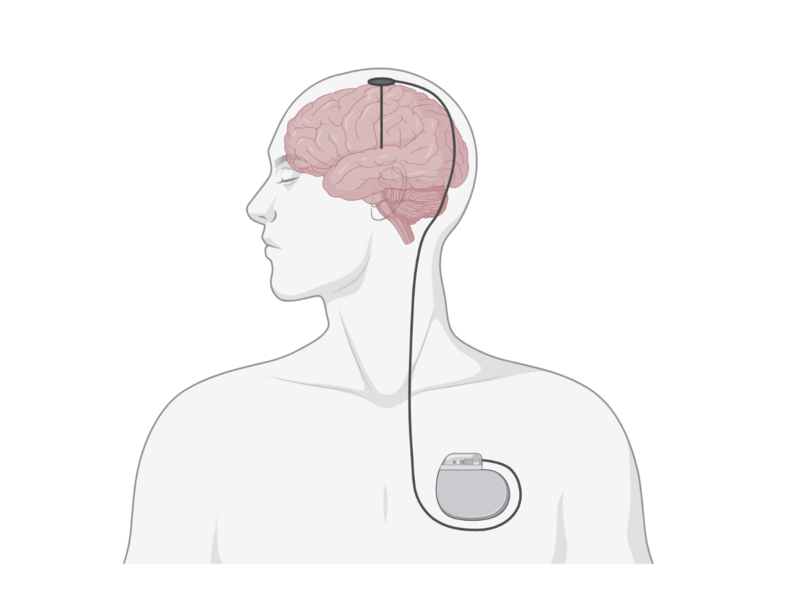
Human DBS (Created with BioRender.com)
About Us
Psychiatric disorders, and in particularly Major Depressive Disorder (Depression), pose an enormous psychological and emotional burden on the individual affected, their families, relatives, and their caregivers. Depression is growing in prevalence in the industrialized countries and can present as a chronic disorder requiring long-term treatment. The proper management of the patients puts pressure and a significant economic burden on all health care systems. Conventional therapies such psycho- and behavioral or pharmacological therapies help manage the disorder for many patients; however, there remains a significant portion of the diagnosed patients (20-30%) who remain refractory. Following on in the steps of the successful application for over three decades of neurostimulation in Parkinson’s disease and other movement disorders, Deep Brain Stimulation (DBS) in psychiatric illnesses has been clinically tested since the early 2000s. The clinical application of DBS to the supero-lateral branch of the medial forebrain bundle (slMFB DBS) in treatment resistant depressed patients has shown to be promising in a small number of uncontrolled open label trials (Schlaepfer et al., 2013; Fenoy et al., 2016; Coenen, Bewernick, et al., 2019). However, many questions arise following the clinical experience that should be and needs to be investigated in order to understand and optimize the clinical use of DBS in Depression.
For example,
What is the relationship between the behavioral symptoms, the biological substrates and the projections, and the stimulation itself?
What are the acute, midterm and long-term consequences of neurostimulation on the biological substrates (neurotransmitters, neuronal activity, etc)?
How does changing the parameters of stimulation (pulse width, frequency, and amplitude) effect the biological and behavioral outcomes?
What pathways and networks are actually being modulated by the stimulation?
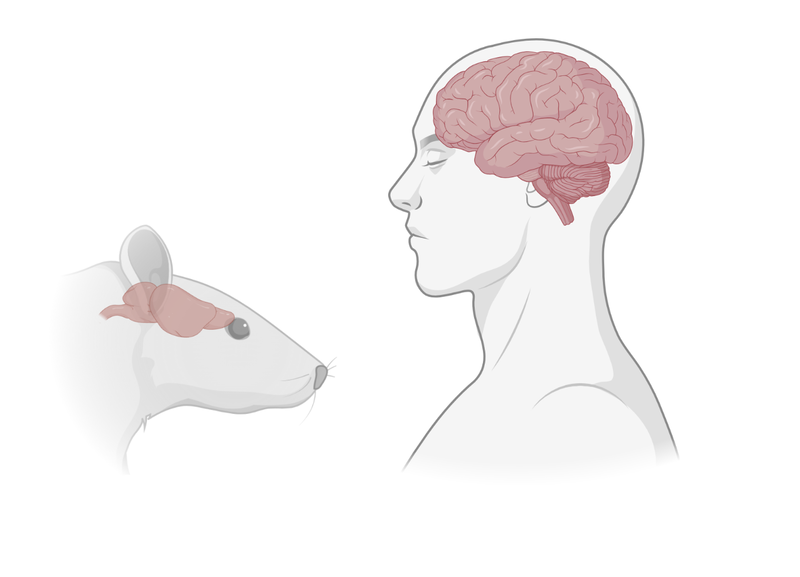
Human and Rat (Created with BioRender.com)
These questions, and many more, cannot be investigated directly in patients, and addressing them calls upon well-designed experimental studies using validated animal models.
Our work is translational research, and relies on the wide spectrum multi-modal investigation of neuromodulation in neuropsychiatric disorders, with particular attention given to Depression.
We are a multi-disciplinary group of scientists and clinicians with expertise and interest in:
- rodent stereotactic surgery for precise implantation of deep electrodes/cannulae/light delivery fibers, virus injections, etc;
- in-depth behavioral assessment for motor, sensorimotor, learning/ memory/ cognitive, and “depression-like” phenotype;
- in vivo physiological assessment using electrophysiology, fiber photometry, and non-invasive imaging (microPET);
- anatomical, neuronal circuit tracing using viruses;
- cell/ molecular/ histological analysis of rodent models of depression (IHC, ISH, qPCR, etc)
Updated: July 2023, by Seonghee Cho
We assume no liability or responsibility for the content of any page we refer to by means of links or hyperlinks.

